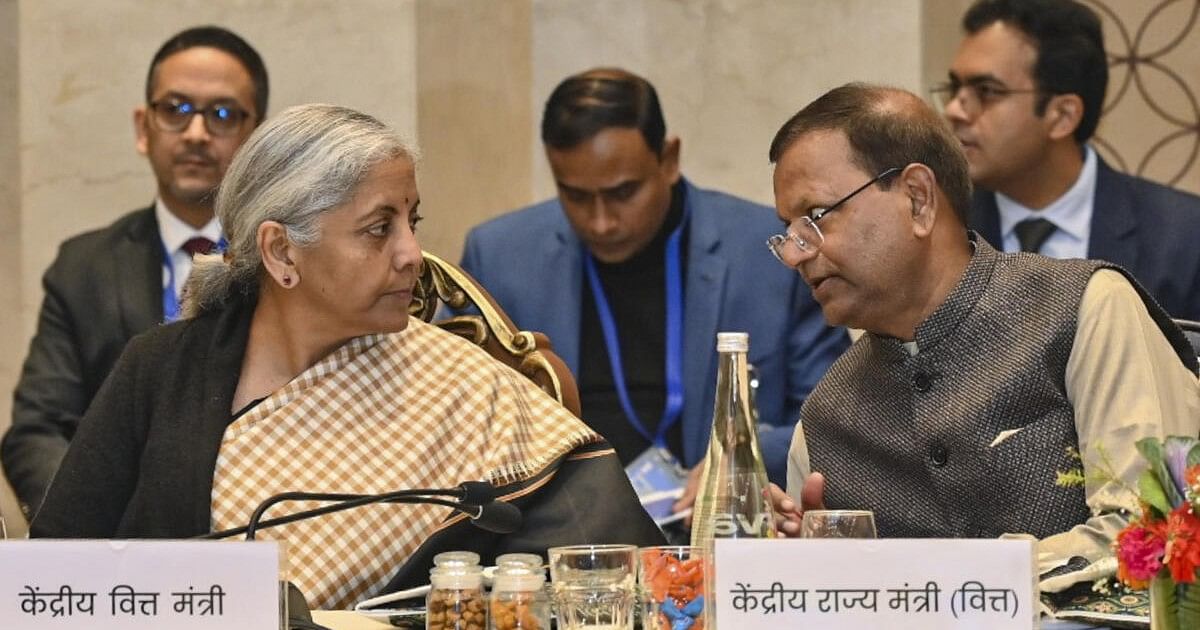Trade Tensions Escalate: India Weighs Economic Fallout from US Tariff Countermove

In a bold move to address trade imbalances, the United States has imposed a 27 percent reciprocal tariff on Indian imports, citing India's historically high import duties on American goods. The Trump administration's strategic decision aims to level the playing field and reduce the growing trade deficit between the two nations.
This latest trade action underscores the ongoing economic tensions and highlights the administration's commitment to protecting American manufacturing interests. By implementing these targeted tariffs, the US seeks to create a more equitable trading environment and encourage fair economic practices.
The reciprocal tariffs signal a significant escalation in trade negotiations, potentially putting pressure on India to reconsider its current import policies and trade barriers. Economists and trade experts are closely watching how this development might impact bilateral trade relations and the broader economic dynamics between the two countries.
As global trade landscapes continue to evolve, this move represents another chapter in the Trump administration's aggressive approach to international trade negotiations, prioritizing American economic interests and seeking to rebalance international commercial relationships.
